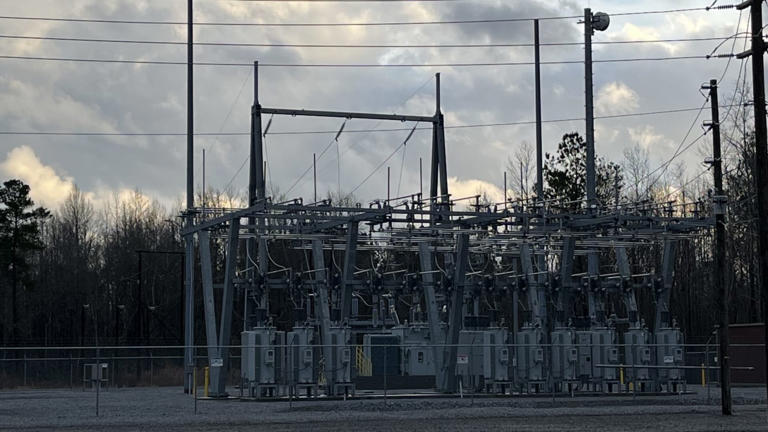
(The Center Square) – “Make no mistake. Transitioning the energy mix isn’t a simple task. It’s not a shift from one resource to another. It’s a monumental change to how the bulk power system operates and it will take careful planning – and we risk blackouts if we don’t get this right.”
The cautionary statement by Diane Holder, vice president of engineering and strategic engagement at Reliability First, a regional entity of NERC, or the North American Electric Reliability Corporation, was made at a recent House Energy Committee hearing on electric transmission.
Meeting the growing electricity demand, driven by increased use of technologies like video conferencing, artificial intelligence, advanced manufacturing and electric vehicles, framed the discussion on how to maximize the existing grid and prepare for significantly higher levels of electricity generation and consumption.
Holder highlighted data revealed in NERC’s Long Term Reliability Assessment, released in December. The report evaluates resource adequacy across North America.
It states that generation is retiring faster than new resources are coming online – and rising electricity demand is further compounding the challenge.
Calling it “very concerning,” she noted it shows more than half of the continent is at high or elevated risk of resource adequacy shortfalls over the next ten years.
While the PJM region isn’t considered ‘high’ risk, it is currently rated as ‘elevated.’ Notably, last year’s assessment was ‘normal,’ so things have worsened, she said.
Another major concern is the integration of new resources into the generation mix and their impact on grid reliability.
Wind and solar operate intermittently and interact with the grid differently than traditional power sources, which provide critical stability.
Click here to read full article: https://www.msn.com/en-us/news/technology/electric-transmission-upgrades-at-crucial-turning-point/ar-AA1Fdo14?ocid=msedgdhp&pc=DCTS&cvid=bb47d73a43da4b04bb0f3e4dadba8a22&ei=83
